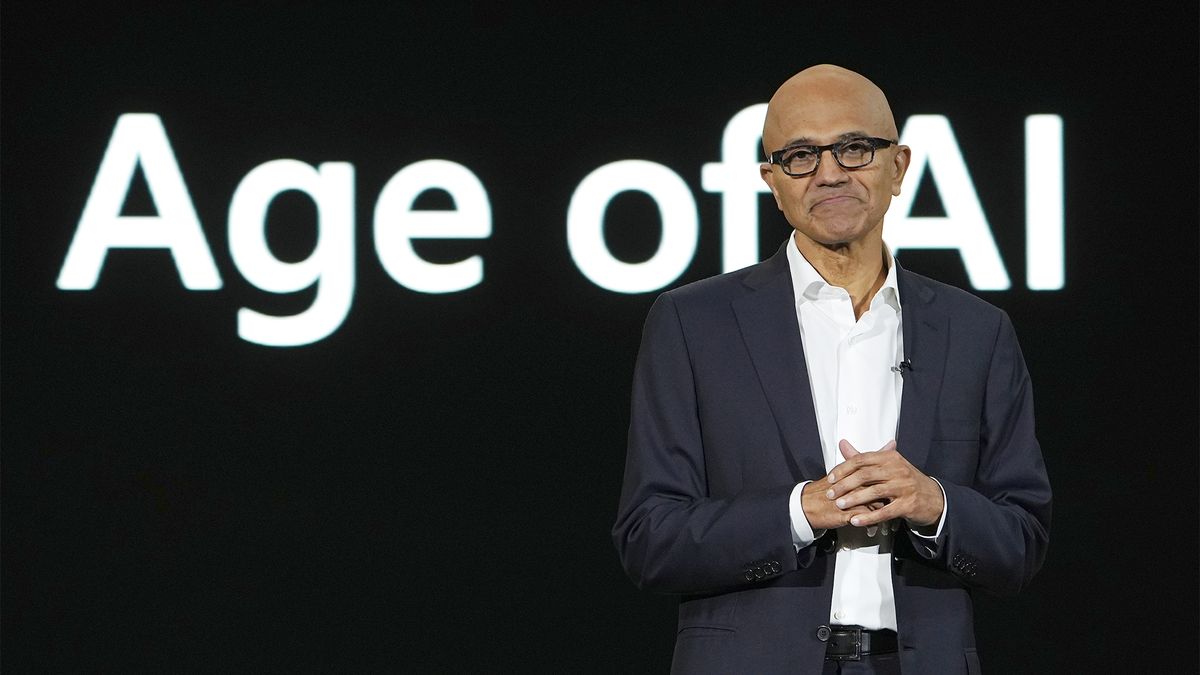The big three cloud providers have posted largely strong growth despite a slight falter from Microsoft Azure, but experts have told ITPro that flagging cloud earnings are to be expected.
All three hyperscalers recently delivered Q3 earnings results, with AWS posting a 19% increase in sales year-on-year to $27.5 billion. The Amazon-owned cloud provider clocked an operating income of $10.4 billion, up from $7 billion last year.
Google Cloud generated $11.4 billion in revenue, up 35% year-on-year, according to the firm’s CEO Sundar Pichai, with operating margins of 17%.
Over at Microsoft, revenue from server products and cloud services grew by 23%, while revenue from other cloud services grew by 33%. Microsoft’s CFO Amy Hood said the firm predicts a growth rate of 31% to 32% in Azure.
Though this growth rate fell slightly below analyst expectations of 32.25%, Forrester analyst Tracy Woo told ITPro that slowing cloud growth is no surprise.
“What always shocks me is the Wall Street expectation is that they’re going to see the same astronomical growth,” Woo said. Cloud has become more mainstream and adoption projects less feverish, she explained, so smaller cloud growth is expected.
“It’s not going to be this astronomical growth that we’ve seen in years past, unless there’s some other new sort of paradigm that cloud and cloud-based services can bring – and I think that’s what generative AI is,” Woo added.
With generative AI adoption, public cloud is not always the answer Woo said.
Localized AI systems, small language models (SMLs), and sovereignty concerns all contribute to a shift in thinking about what makes sense in the public cloud.
Other issues bite at Microsoft
While there’s no need to ring the alarm bells on cloud growth, Microsoft is definitely facing some challenges on the AI front.
CEO Satya Nadella pointed to this as part of the firm’s earnings call, saying the firm does not have enough data center capacity to meet AI demand and that the company is facing constraints in building out more.
This is an issue across the board for the hyperscalers, Woo said, though it’s hit Microsoft particularly hard. By comparison, AWS’ infrastructural strength has insulated it from these challenges.
AWS’ other revenue sources – such as its online retail presence – have also been able to pick up the slack for the firm’s generative AI investment, Woo added, affording the company some breathing room. Microsoft, on the other hand, is all in on the technology.
“Microsoft knows how to deliver an enterprise software suite – that’s their business, that’s their bread and butter – and that’s why Copilot has gotten the amount of attraction and excitement that it has,” Woo said.
“But they don’t necessarily have other things to fall back on, other than Windows and M365 and it’s not nearly in the way that AWS is able,” she added.
With so much investment going into generative AI and data center constraints on the supply chain front, Woo said some anxiety has been created in the market about Microsoft. That being said, she thinks Microsoft can still perform.
“I’m not super concerned. I don’t think Azure is going to fail, I don’t think they’re going to flop, but it will depend a lot on how quickly and are they going to be able to deliver on time all these generative AI offerings that they have,” Woo said.
AI spending at Microsoft has been a slight cause for concern among investors, with the company having recorded a significant uptick in capital spending in its full-year results in August.
The tech giant reported a 77% increase in capital spending, a large portion of which was attributed to AI investment. It isn’t alone here, either.
Google owner Alphabet also warned in August that its AI-related spending would remain high in the coming year. The tech giant’s results showed capital expenditure was up more than expected to over $13 billion in the second quarter alone.
This AI-fueled spending spree prompted somewhat of a rethink at Microsoft over how it reports financials, with the company reorganizing its results to better highlight AI gains across the business.
Source link
